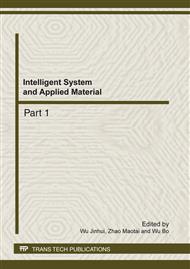p.1104
p.1109
p.1115
p.1120
p.1125
p.1129
p.1135
p.1140
p.1145
Structural Optimization and Aeroelastic Analysis of a Composite T-Tail Configuration
Abstract:
In this paper, a composite T-tail model is developed, including structural finite element model and aeroelastic model, and then structural optimization and aeroelastic analysis are made. Through two steps of structural optimization, and aeroelastic analysis, some valuable conclusions are achieved, which are useful for future composite T-tail design.
Info:
Periodical:
Pages:
1125-1128
Citation:
Online since:
February 2012
Price:
Сopyright:
© 2012 Trans Tech Publications Ltd. All Rights Reserved
Share:
Citation:


